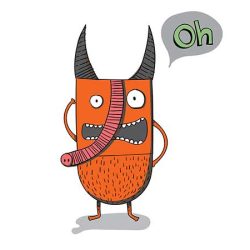The Loop in WordPress is a PHP code used to display posts on a WordPress website. It retrieves posts from the database and displays them on the website’s template pages. The Loop is used on the homepage, archive pages, and single post pages.
The basic structure of the Loop looks like this:
<?php if ( have_posts() ) : while ( have_posts() ) : the_post(); ?>
<!-- code to display the post -->
<?php endwhile; else : ?>
<!-- code to display if no posts are found -->
<?php endif; ?>
The have_posts() function checks if there are any posts to display. If there are, the while ( have_posts() ) loop runs.
The the_post() function sets up the current post so that template tags like the_title(), the_content(), and the_permalink() can be used to display the post’s title, content, and permalink, respectively.
The endwhile; and endif; tags close the loop and end the if statement.
The else : part of the loop is used to display a message if no posts are found.
You can customize the Loop by modifying the template tags used to display the post and by using the query_posts() function to retrieve specific posts based on parameters such as category, author, and date.
It is important to note that the query_posts() function should be used with caution, as it can slow down the performance of the website. It is recommended to use the WP_Query class or the get_posts() function instead of query_posts().
Additionally, you can use the get_template_part() function to include a specific template part that contains the loop. This allows you to separate the layout of a template from the loop, making it more reusable and maintainable.
Last modified: January 16, 2023



![Top 5 Free Daily Forex Signals Telegram Channels [2023] Top 5 Free Daily Forex Signals Telegram Channels [2023]](https://wpfixlab.com/wp-content/uploads/2022/12/Top-5-Free-Daily-Forex-Signals-Telegram-Channels-2023.jpg)

